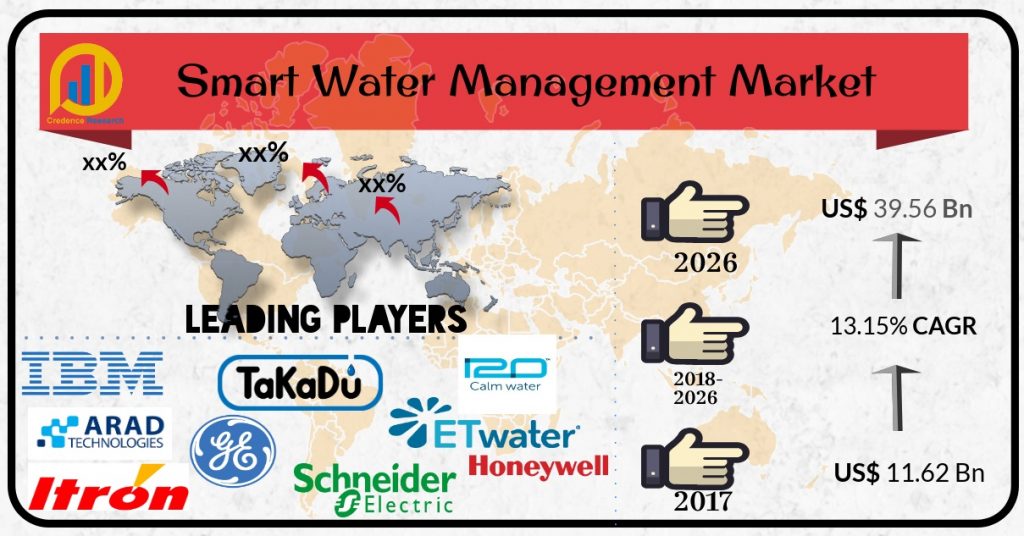Global Anti-Drone Market Research Report Information by Application (Detection (Radar, EO/IR, Acoustic, Others), Interdiction (Jammer, Lasers, Others), Platform (Ground based, Hand held, UAV based), End User (Defense, Commercial) – Forecast till 2023
Anti-Drone Market Scenario:
With rise in concerns about the potential security threats of drones, there has been increased usage of anti-drone technology to neutralize the drones. Anti-drone are systems that are used to detect and intercept drones. In commercial environments, anti-drone technology has been used for airspace protection at airports, security during large events such as party conventions and sports games, VIP protection, and counter-smuggling operations at prisons. As a result, it is estimated that by the end of the forecast period, usage of anti-drones will rise significantly. The anti-drone market is expected to grow at a significant pace during the forecast period due to increased security breach incidences by unidentified drones and increased border security threats.
Generally, the air defense systems that have been used to protect airspace from manned aircraft are ineffective against drones. Military anti-aircraft radars are mostly designed to detect large, fast moving objects. As a result, they cannot always pick up small, slow, low-flying drones. Furthermore, since unmanned aircraft are cheap, it is impractical to use traditional anti-aircraft weapons, which can cost hundreds of thousands of dollars per unit, to shoot them down.
However, high initial R&D expenses and public safety concerns are restricting the usage of anti-drone technology. It is also expected that lack of standards exist for the proper design and use of anti-drone will be one of the major issues for anti-drone technology. In most developed countries, interdiction systems are considered illegal.
Anti-Drone Market Segments:
The global anti-drone market is segmented into application, interdiction, platform, and region. On the basis of application, the market has been segmented into detection and interdiction. The detection application is expected to grow at the highest rate during the forecast period owing to increase adoption of this systems in the military and homeland security.
By platform, the market has been segmented into ground based, hand held, and UAV based. The ground based platform is expected to grow at the highest rate during the forecast period.
On the basis of end user, the market has been segmented by defense and commercial. The defense segment of the market is expected to grow at the highest rate during the forecast period owing to high adoption of this technology for battlefield base protection, counter-mortar systems, and surveillance platforms.
In terms of region, the market in North America is expected to witness the highest growth during the forecast period. The increase in number of security breach incidents by unidentified drones and increasing terrorist attacks in the North America, especially US For instance, in 2015, DJI quadcopter crashed on the grounds of the White House. This incidence forced the government to deploy anti-drone systems to ensure safety and security from drones. Therefore, the global anti-drone market is estimated to witness a CAGR of approximately 20% during the forecast period from 2018 to 2023.
Key Players
The key players in the anti-drone market are Thales Group (France), Blighter Surveillance Systems Ltd (UK), Lockheed Martin Corporation (US), Saab AB (Sweden), Raytheon Company (US), Israel Aerospace Industries Ltd (Israel), Airbus (France), Boeing (US), L3 Technologies Inc. (US), Northrop Grumman Corporation (US), and Terra Hexen (Poland).
Get Free Sample @ https://www.marketresearchfuture.com/sample_request/6460


